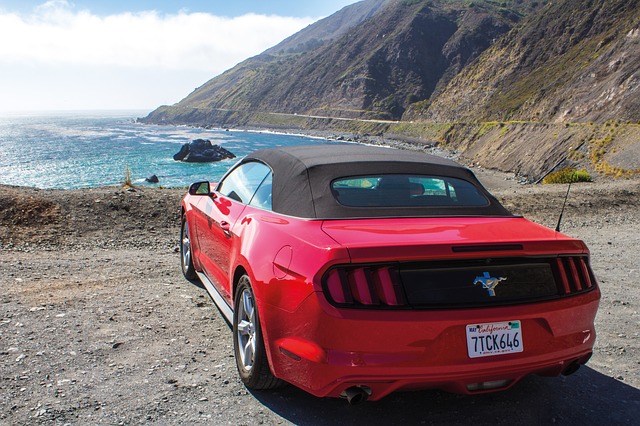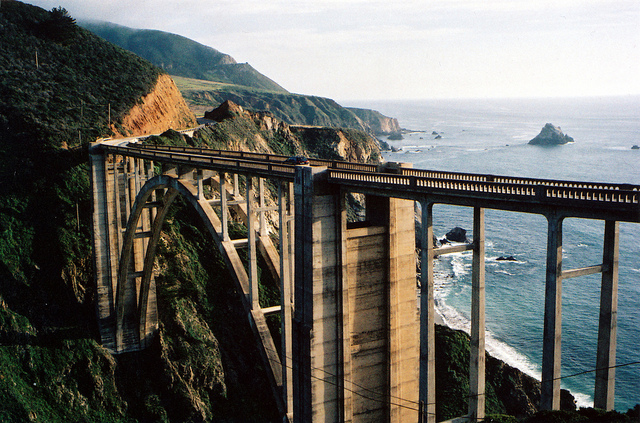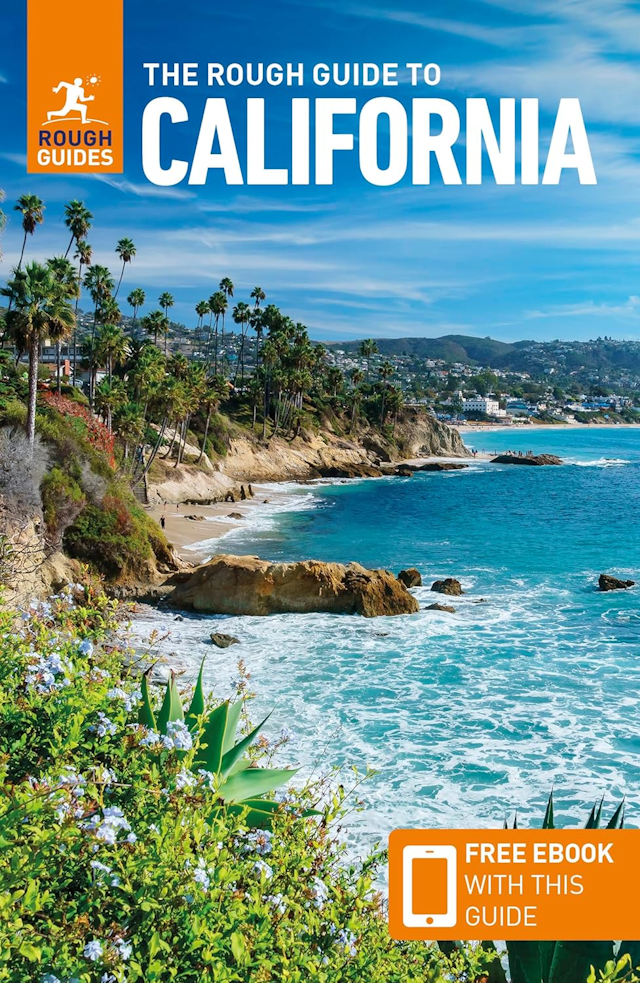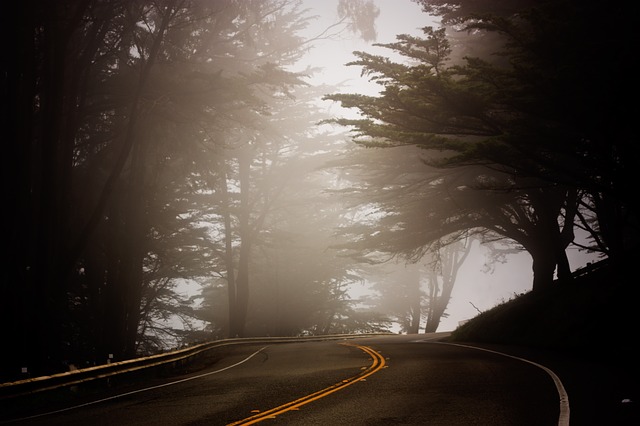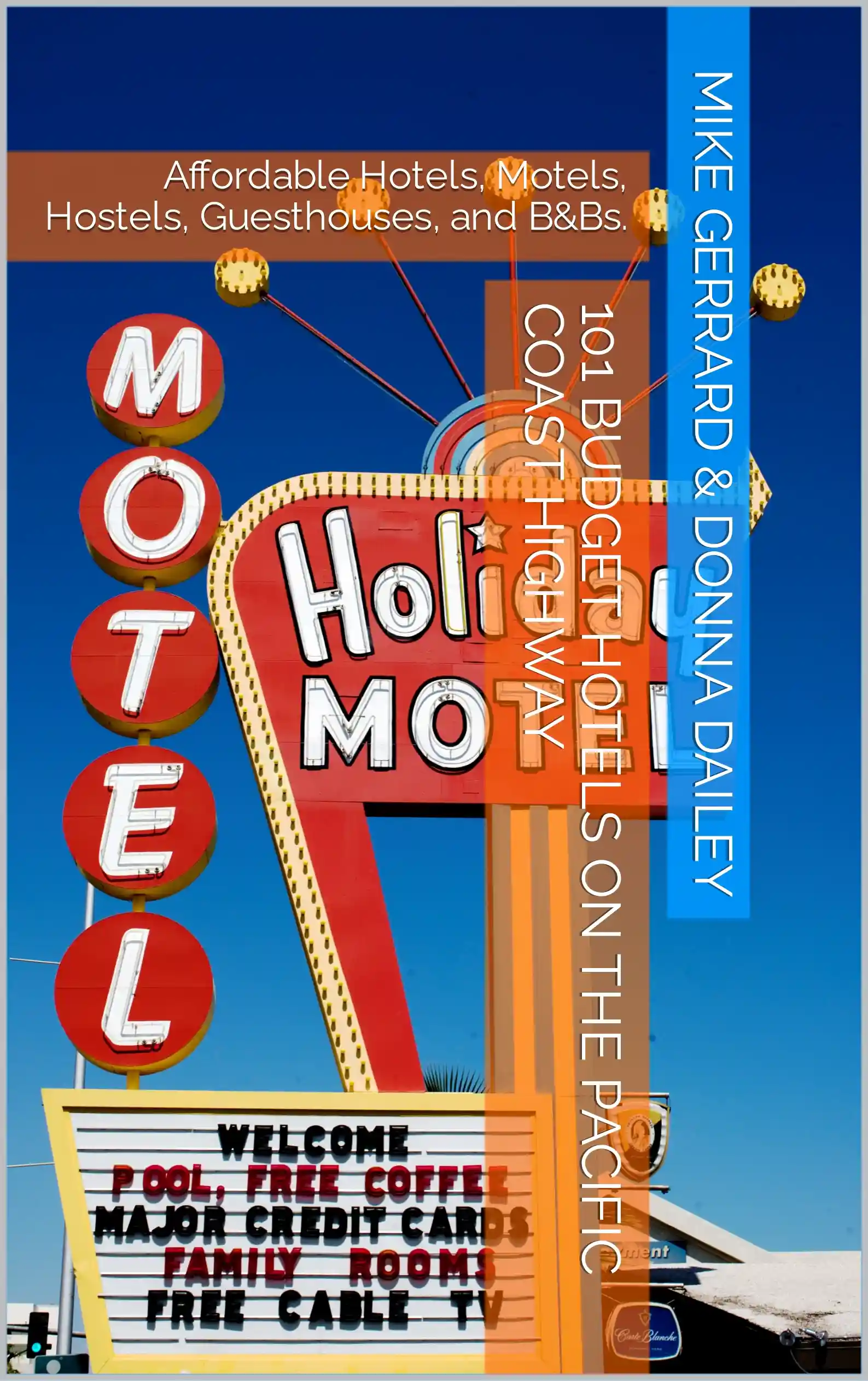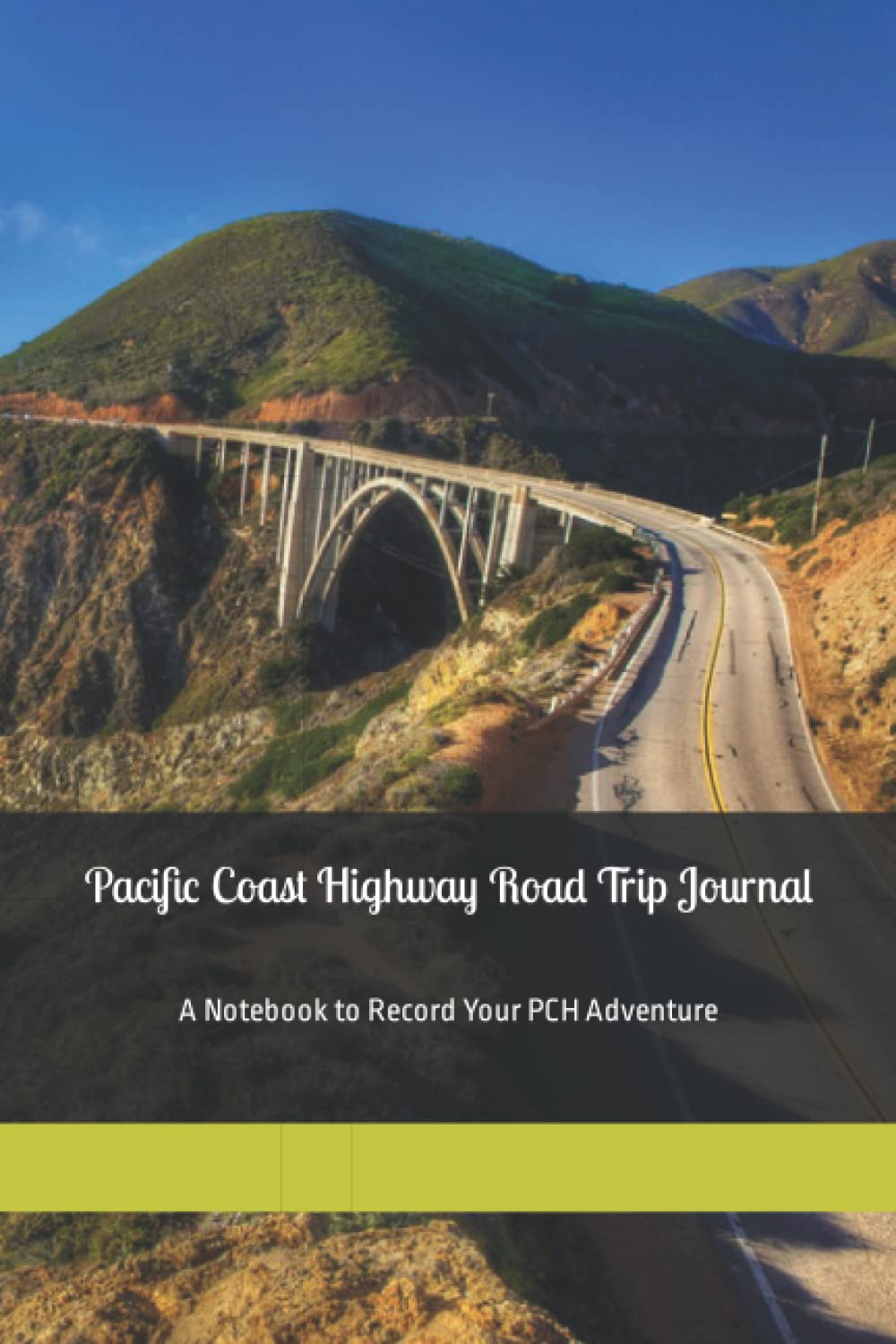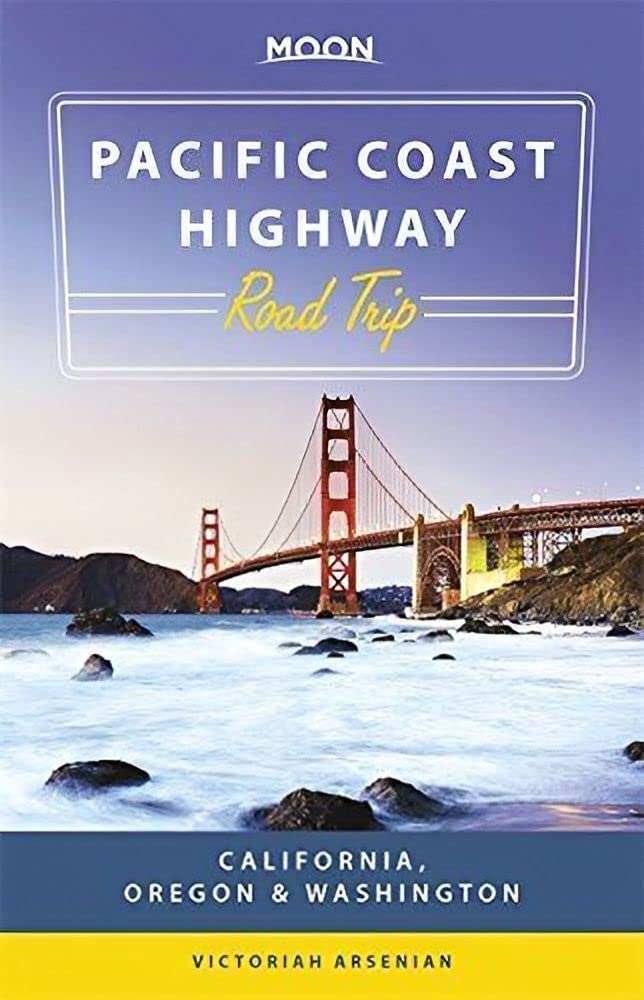- HOME
- WAYS TO GO
- Driving
- California Driving Laws
California Driving Laws
If visiting California and planning to drive the Pacific Coast Highway it's important to know California driving laws in case they differ from your own state.
It's important to know the California driving laws if you're from out-of-state or from overseas and driving the Pacific Coast Highway, so here's some advice on what to watch out for. Some regulations are pretty common in most states, like drink-driving, but they are worth repeating.
DISCLAIMER
This information is correct at the time of
writing and we will amend it if we hear of any changes in the law, but what
follows does not constitute legal advice. You must double-check the current
laws. Here's a link to the official California Drivers Handbook, which you can
download free of charge.
https://www.dmv.ca.gov/web/eng_pdf/dl600.pdf
Also see a 2025 update here.
Getting High!
It's illegal for drivers or passengers to smoke or use other cannabis products.
This is the only way to get high driving the Pacific Coast Highway...
Pulling Over
A very important point that particularly affects you on the Pacific Coast Highway is that California driving regulations require you to use a turn-out or to pull over wherever you safely can do, if you have five or more vehicles following you. The PCH is a very twisty road in places, and mostly just two lanes, so slow-moving vehicles can start to cause tailbacks.
Pulling over isn't merely being courteous, it's the law when you have that many other vehicles waiting to pass you. If a driver behind you seems to be getting impatient, it may be that he or she is local and knows the law better than you do. If you can pull over even a little to enable them to pass, you should do so without necessarily waiting till there are five cars queued up behind you.
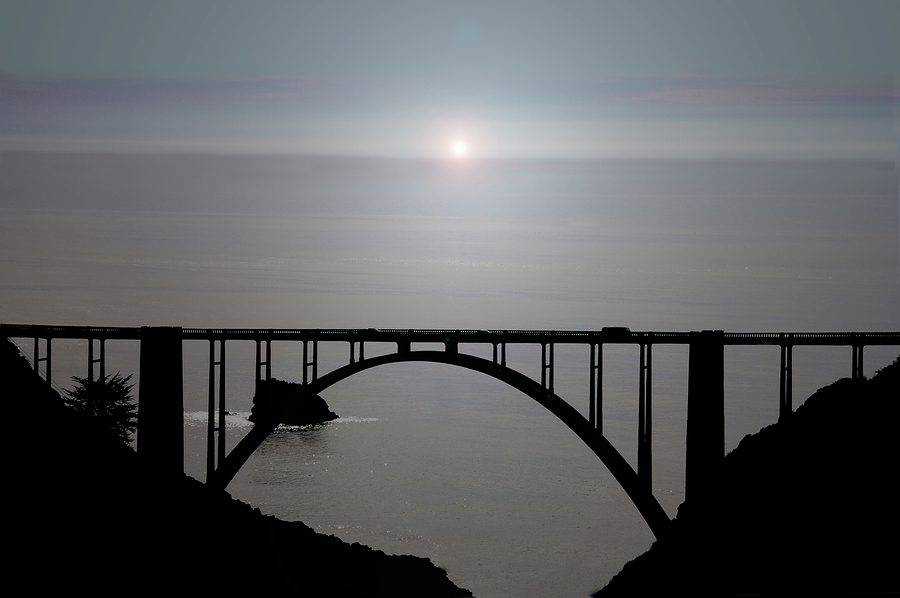 Bixby Bridge
Bixby BridgeMore California Driving Laws
- Drivers cannot use any kind of hand-held device while driving. You can use GPS if your phone is mounted either on the dashboard or in one of two places on the windscreen (bottom left and bottom right corners). You can only use one finger to tap or swipe the screen.
- Seatbelts are compulsory for everyone in a vehicle.
- Children who are eight and under must use a child safety seat. Children under the age of two must be in rear-facing seats in the back of the car.
- Motorcyclists must wear a helmet.
- Throwing litter out of a vehicle can incur very
hefty fines. For a first conviction the fine can be from $100-$1000 and at
least eight hours of cleaning up litter. That's going to be pretty inconvenient
if you're from another state, so don't even think about littering. Even
throwing a cigarette butt out of a car on a highway counts as littering.
California Drink-Driving Laws
Don't drink and drive. A first offence can get you from four days to six months in jail, a fine of up to $1000, losing your licence for up to ten months, and some counties require you to fit an Ignition Interlock Device to your car. That's a device that you have to blow into like a breathalyzer before your car will start.
Drivers under the age of 18 may not drive with any alcohol in their system at all.
Drivers under the age of 21 may not carry unsealed alcohol in the car if driving alone, may not consume alcohol in a car (including some cough syrups and prescription drugs), and must not drive with a blood alcohol concentration level (BAC) of .01% or higher.
The blood alcohol limit for drivers 21 and over is .08%. It's impossible to say what this equates to as there are so many factors involved, like drinking with or without food, and your size, but suffice it to say that if you have a couple of drinks without food, you're probably going to be near the limit. If you're under 21 you will definitely be over your lower limit.
Don't rely on being under the limit. If your driving is impaired you can still be charged whether you're over the limit or not.
In California if you refuse to take the breathalyzer test it's an automatic suspension of your licence for one year.
Recent Articles
-
Storm Triggers Malibu, Topanga Road Closures as Heavy Rain Approaches
Dec 24, 25 10:31 AM
Multiple Canyon Roads Closing Ahead of Heavy Rain and Debris Risk -
11 Ideal Destinations for a 3-Day Weekend in Southern California
Dec 21, 25 11:26 AM
Southern California, often abbreviated as SoCal, is characterized by its Mediterranean climate, with warm, dry summers and mild winters, a popular destination for tourists year-round. The region's geo… -
One Of The Widest Beaches In The US Is This California Gem With Few Crowds And Vivid Sunsets
Dec 20, 25 10:46 AM
Between Carlsbad and San Diego is the vibrant California beach city of Encinitas, and one of the city's great beaches is South Ponto Beach.
